The Hypothalamic Pituitary Testicular Axis (HPTA) refers to the ability of the brain and hypothalamus (master gland) in particular, to interact with hypophysis, the gland located within the sella turcica bone of the sphenoid bone, with gonads and testicles particularly in male individuals. Androgenic Anabolic Steroids are synthetic derivatives of testosterone, the major androgen in males. Testosterone itself suppresses majorly the HPTA, while several other derivatives do so to a greater or lesser extent.
AAS are classified into three main categories:
- Testosterone derivatives (boldenone, fluoxymesterone, methyltestosterone)
- DHT derivatives (stanozolol, methenolone, oxandrolone) and synthetic forms of dihydrotestosterone (mesterolone, drostanolone)
- 19-nortestosterone derivatives (nandrolone, trenbolone)
Factors that contribute to HPTA suppression are:
- The origin of the particular AAS
- The aromatization activity of it, meaning production of estrogens, via aromatase enzyme in certain tissues (adipose, breast)
- The time and dose abuse of AAS
- The androgenic activity of the AAS
AAS that suppress HPTA the most are:
- Testosterone derivatives. Testosterone itself blocks the HPTA from day one of use.
- Highly Estrogenic. Estrogens (E2-beta-estradiol mostly) provide a negative feedback stimulus to the hypothalamus for GnRH production, which in turn will boost LH and testosterone from Leydig cells of testicles. Therefore, AAS that aromatize or is strongly estrogenic (oxymetholone, methyltestosterone, nandrolone, testosterone, methandienone) would affect HPTA too.
- Progestational. 19-nortestosterone AAS do have the tendency for high progestational activity. Prolactinoma is associated with 19-nor use. Prolactin is a hormone released from the adenohypophysis, which is controversial with testosterone’s production. Therefore, increased prolactin serum levels will, as a result, suppress the HPTA
- Highly androgenic (ex. fluoxymesterone, trenbolone, methyltrienolone). These drugs very strong bond with the steroid receptor. AAS does cross through the blood-brain barrier and make an attachment to the hypothalamus. This will result in a greater HPTA suppression. Androgenic activity is translated to the secondary sexual characteristics. However, other biological functions of androgens involve erythropoiesis (stimulation of bone marrow and EPO from kidneys), a fat-burning process in adipose tissue (beta-oxidation in mitochondria), aggressiveness (typical roid rage-bipolar effect) and muscle strength. AAS with high androgenicity usually have high 5a reductase activity, and DHT would affect mainly the prostatic gland and scalp (alopecia). DHT derivatives do not aromatase and are not estrogenic. That practically means that there is not any beta-estradiol produced, responsible for HPTA suppression. DHT is the strongest androgen in the body, and itself would suppress HPTA as well. However, DHT has anti-estrogenic properties when applied locally (male’s nipples that have gynecomastia). Another fact that proves DHT’s anti-estrogenic effect, is when occurs when 5a reductase inhibitors (finasteride, dutasteride) are used for the treatment of prostatic hypertrophy or male pattern baldness. Those men who wish to undergo a therapy with this kind of medication often notice gynecomastia later (and libido suppression, since DHT is highly androgenic).
Time and dose of abuse will result in testicular shrinkage eventually; this is a typical homeostatic mechanism, regulated from HPTA.
Restoring the HPTA
HPTA is restored through the peptide of beta hCG, along with SERM’s & AI’s use. HCG is a hormone produced from the placenta during the early stages of pregnancy. It acts as an LH mimicker to the hypothalamus. Human Chorionic Gonadotropin would eventually rise Luteinizing Hormone, which in turn will increase endogenous testosterone production. Afterward, Selective Estrogen Receptors Modulators will act in the hypothalamus as GnRH stimulants. Tamoxifen citrate and clomiphene citrate will lower estrogens selectively, meaning in specific tissues (as in breast, adipose, hypophysis). The drop in estrogens would signal for GnRH release from the hypothalamus, thus LH & FSH will start to elevate from the hypophyseal gland.
Usually, post SERM use, there is a rebound in estrogens. In order to avoid the case of negative feedback of estrogens, we supply potent anti-estrogenic agents, the Aromatase Inhibitors. Those substances medically prescribed for breast cancer have the ability to diminish dramatically as much as 85% estrogens, not only selectively (as SERM’s do so), but in peripheral tissues as well. The crush on estrogens would elevate endogenous testosterone production through Gonadotropin-Releasing Hormone from the hypothalamus.
Of course, the whole mechanism requires proper timing, nutrition-supplementation, and physical activity. Steroid molecules (androgens, estrogens) are biochemically manufactured from the steroid molecule of cholesterol. As a result of it, a diet very low in cholesterol and EFA’s (UFA’s, PUFA’s, MUFA’s) would cost in HPTA recuperation.
Anaerobic exercise, mainly provided by weight lifting-resistance training and sprinting, would support an anabolic environmental status. Prolonged aerobic activity-endurance may have a cost on muscle mass, since cortisol, an anti-inflammatory hormone (from adrenals) will be responsible for muscle wasting.
Zinc is a key element that acts as a catalyst and cofactor to various biochemical pathways and certainly for testosterone production.
Hypogonadism, as a result of HPTA suppression, is subdivided into primary and secondary. During primary hypogonadism, testicular shrinkage occurs and scrotum appears smaller during physical examination. Hormonal laboratory evaluations will ensure about TT & FT infra-physiological serum levels. During secondary hypogonadism, hypophysis seems to be inactive, since both FSH and LH are low. FSH stimulates spermatogenesis, while LH stimulates endogenous testosterone production.
Temporary secondary hypogonadism occurs as a result of a chronic abuse of AAS. During the early ’40s, a man usually undergoes the clinical syndrome of andropause, which equals to secondary hypogonadism. The patient has to undergo a Hormonal Replacement Therapy and the administration of testosterone will ensure his hormonal levels will be within optimal levels.
References:
- J Investig Med. 1997 Oct;45(8):441-7. Testosterone suppression of the HPT axis. MacIndoe JH1, Perry PJ, Yates WR, Holman TL, Ellingrod VL, Scott SD.
- Baillieres Clin Endocrinol Metab. 1987 Feb;1(1):71-87. Endocrinology of the hypothalamic-pituitary-testicular axis with particular reference to the hormonal control of spermatogenesis. Matsumoto AM, Bremner WJ.
- Ann Endocrinol (Paris). 1999 Jul;60(2):102-6. Role of FSH in male gonadal function. Simoni M1, Weinbauer GF, Gromoll J, Nieschlag E.

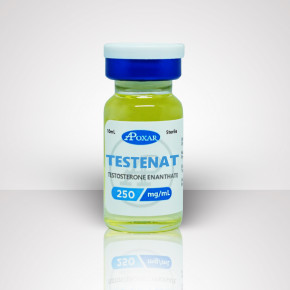
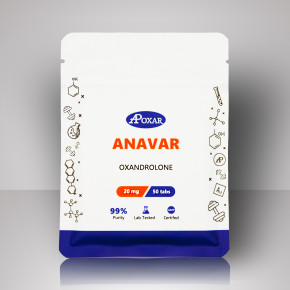
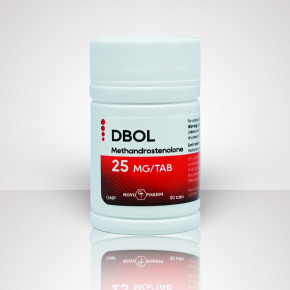
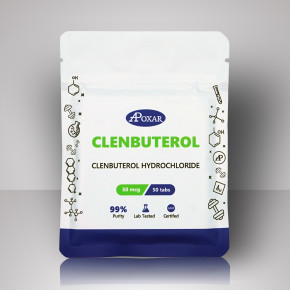
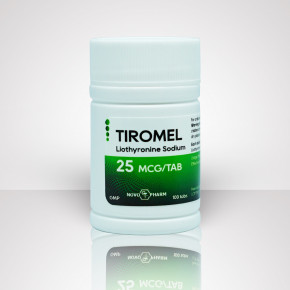
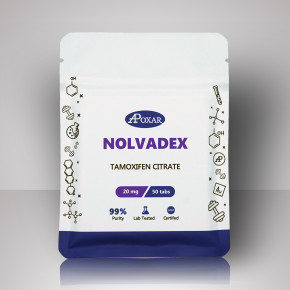
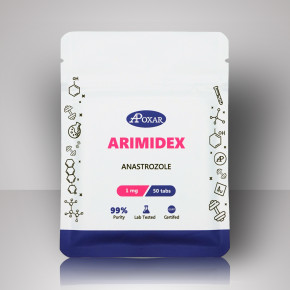
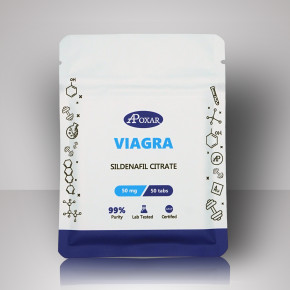
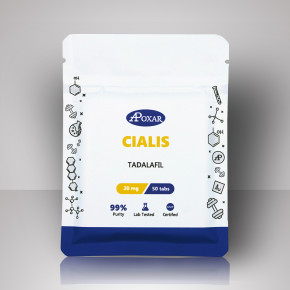
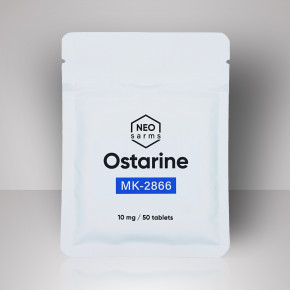
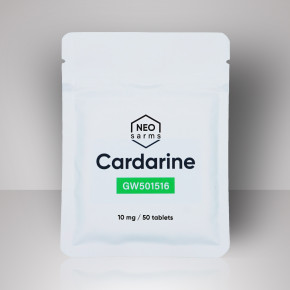
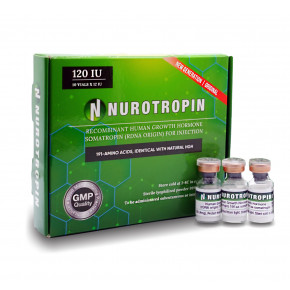
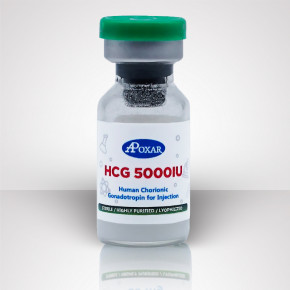
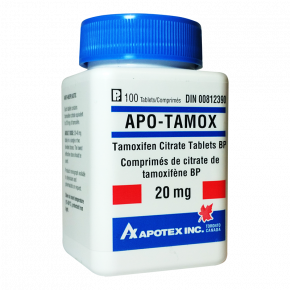
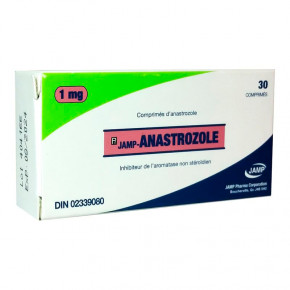
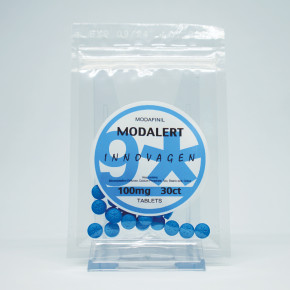
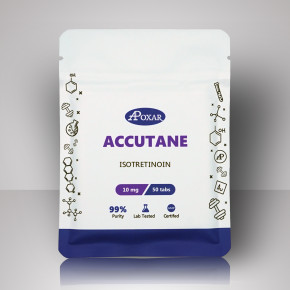
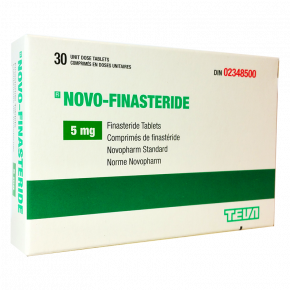
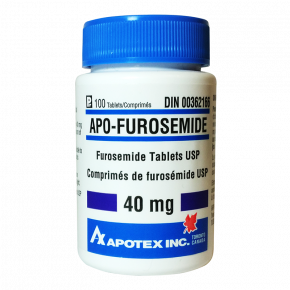
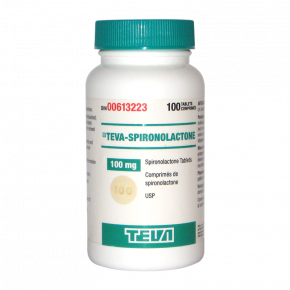

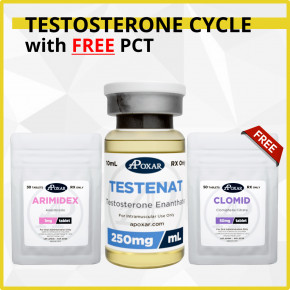
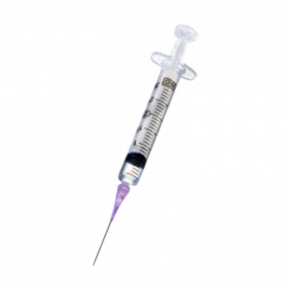
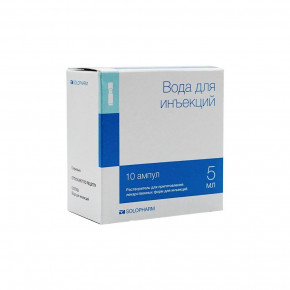

 Proudly Serving Canadians Since 2012
Proudly Serving Canadians Since 2012